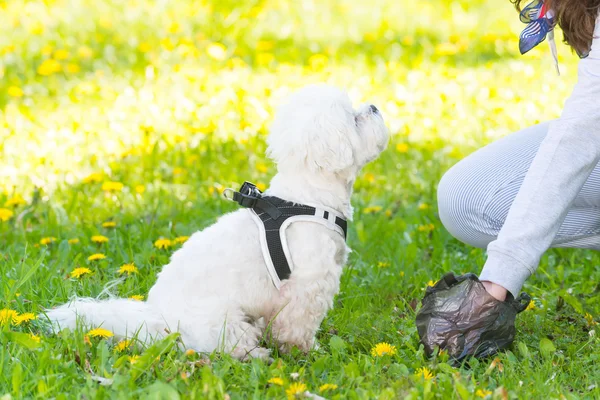We have a couple of events coming up that all are welcome to attend. Please email if you would like to come along.
- Saturday 30th April, 10-12 noon - Bioblitz onsite (See link below). We'll also do some maintenance onsite.
- Sunday 8th May, 6am - 8am - Dawn Chorus Walk led by Fred Milton. Hot drinks and danish pastries will be on offer following the walk, please let me know if you are coming.
Read about wildlife recording portal +
In 2021, the first breeding bird
census was carried out at the
Woodland & Wildlife community
woodland, to identify the number of
species present and to better inform
site management. A total of 50 bird
species were recorded, of which 28
species held territory. A total of 139
pairs of birds were present.
The ‘top ten’...
Rook – 28 active nests
Blackbird – 12 pairs
Wren – 11 pairs
Chaffinch – 10 pairs
Woodpigeon - 9 pairs
Dunnock – 9 pairs
Robin – 7 pairs
Blue Tit – 7 pairs
Blackcap – 6 pairs
Whitethroat – 5 pairs
The census uses a mapping
technique, which allows us to
pinpoint key habitats.
For example, it
was obvious that all the Rook
territories were located in the
woodland alongside Salters Lane,
but it also showed that Blackbird,
Wren and Chaffinch were evenly
spread across the site with no
specific habitat preference.
In contrast, all Whitethroats (see
photo) were located in the ‘marginal’
scrub hedgerow and weedy belt that
border the north of the site,
underlining the importance of this
often-disregarded habitat.
This census illustrates that ‘our’
woodland is home to a rich and
abundant variety of birds. Other
notables included Great Spotted
Woodpecker, Kestrel, Buzzard, Sedge
Warbler and Reed Bunting.
In addition, several breeding birds,
such as Song Thrush, Tree Sparrow,
Yellowhammer and Linnet, are listed
as ‘Red’ Species of Conservation
Concern. Increasing the number of
nest boxes, for example, would
support Tree Sparrows.
Censusing will be carried out
annually so we can build upon our
knowledge of the site’s birdlife.
Fieldwork starts again in spring, if
you are on site, please say hello, and
find out more about the birdlife. The
2021 full report can be found on our
Facebook page.
We aim to construct birdboxes in
February and would welcome an
donations of scrap fencing timber or
floorboarding (in reasonable
condition please), as well as old
wellies (for box hinges).
Many Thanks to a Young, Local Environmentalist!
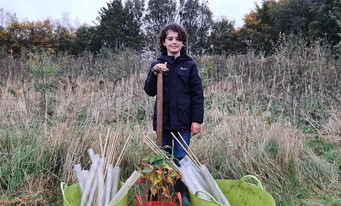 Earlier in the month we met a fantastic young man called Tristan. Tristan has been becoming very concerned about the climate emergency after learning about it at school and decided to take action. For his birthday, instead of having a party, he decided to do a sponsored silence to raise money to help the environment.
Earlier in the month we met a fantastic young man called Tristan. Tristan has been becoming very concerned about the climate emergency after learning about it at school and decided to take action. For his birthday, instead of having a party, he decided to do a sponsored silence to raise money to help the environment.
Tristan had been part of the original planting team in 2018, so with some of the money he raised, he bought a native tree pack from The Woodland Trust and donated the 30 trees to The Woodland & Wildlife Project. With the help of a few of our volunteers they were planted onsite this month. He should be incredibly proud of himself!
Christmas Trees for Habitats
On January 8th 2022, 10am – 12noon we will be welcoming people to bring their real Christmas trees to the Woodland & Wildlife site. This year we will be using your trees to create a dead hedge and build more habitats for insects and small mammals. Drop it off with our volunteers or even better stay for a hot chocolate, help processes your tree and have a look round the site.

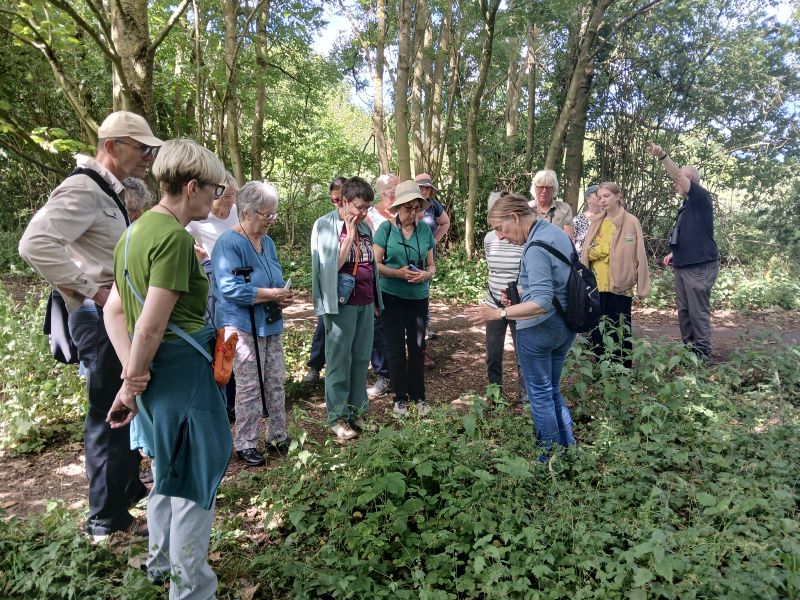
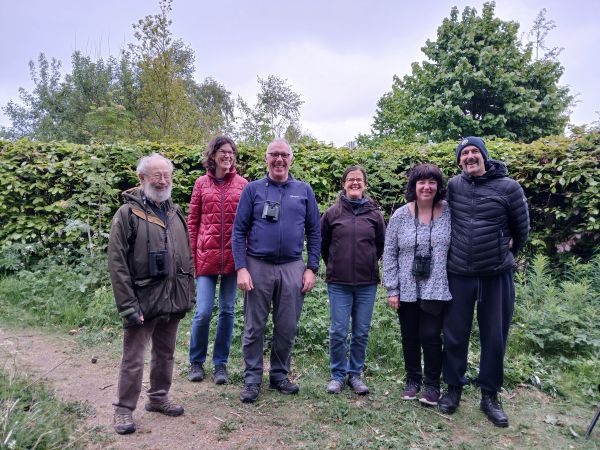
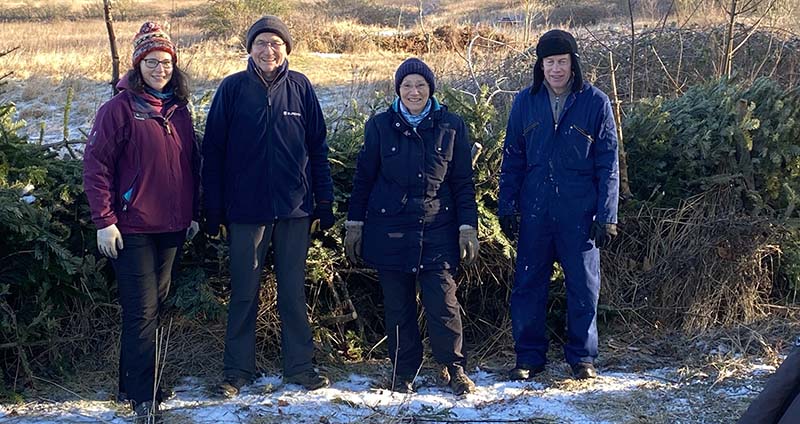
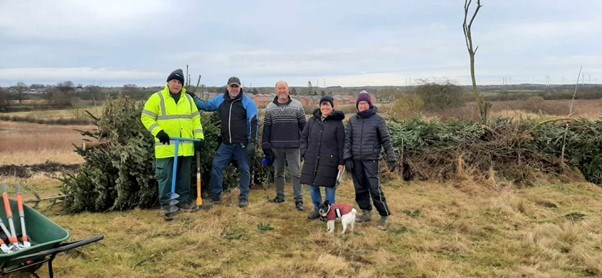
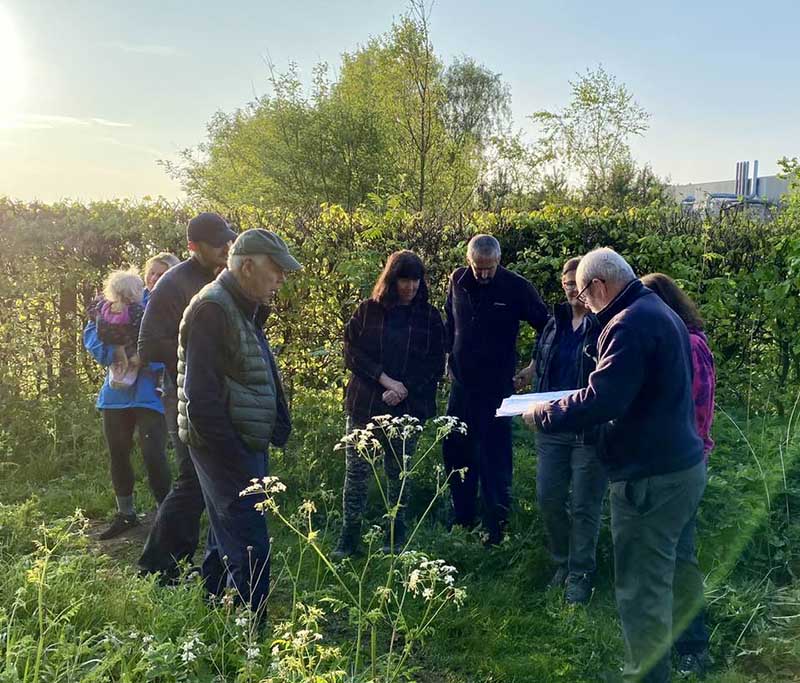
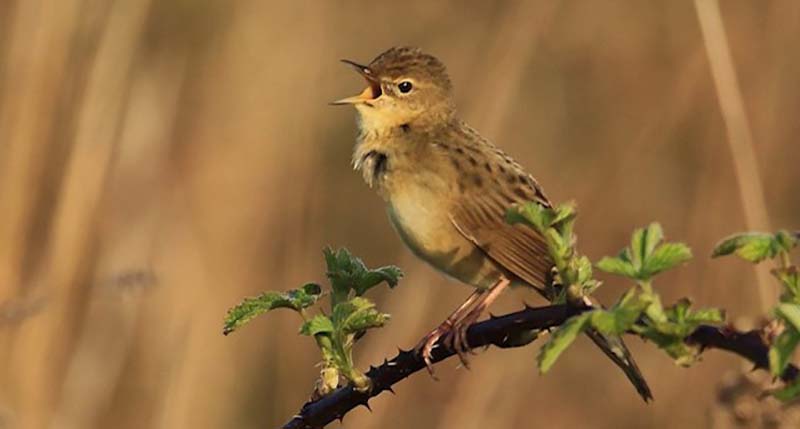
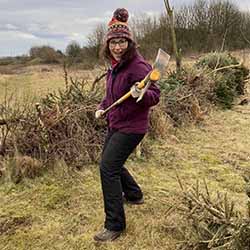
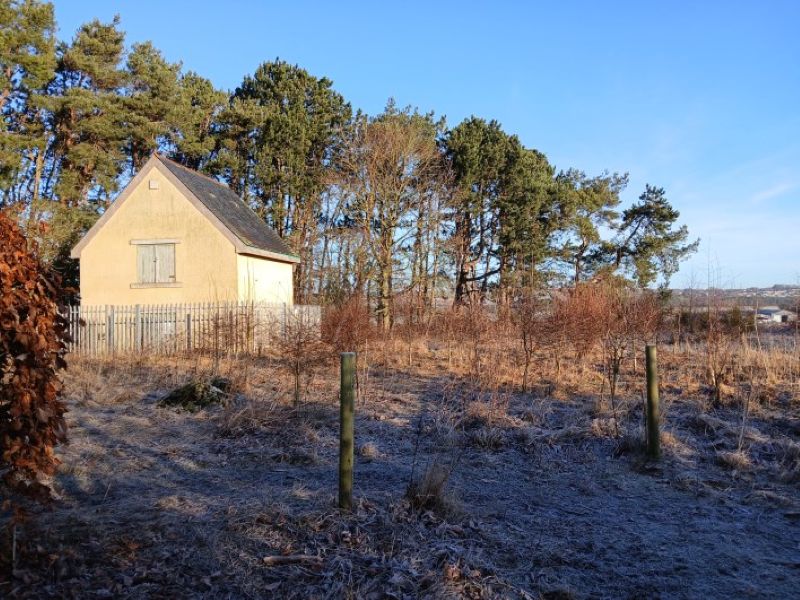
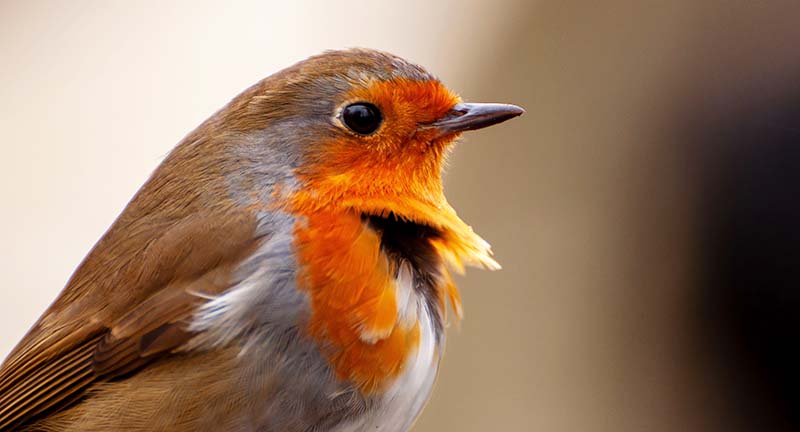


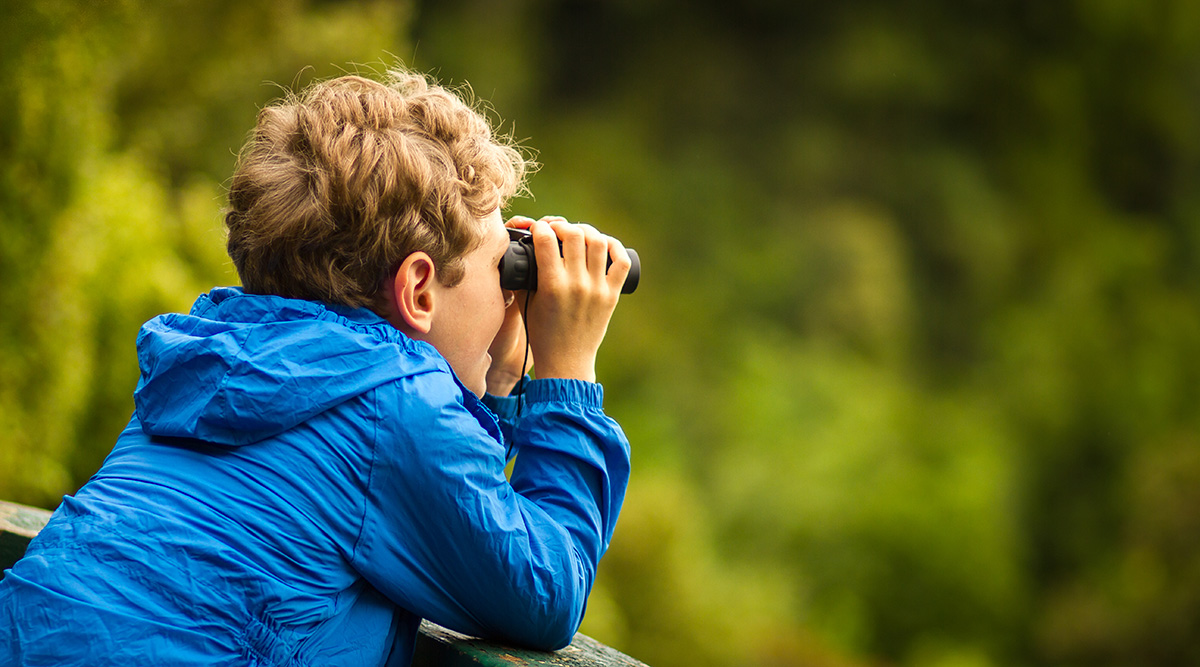
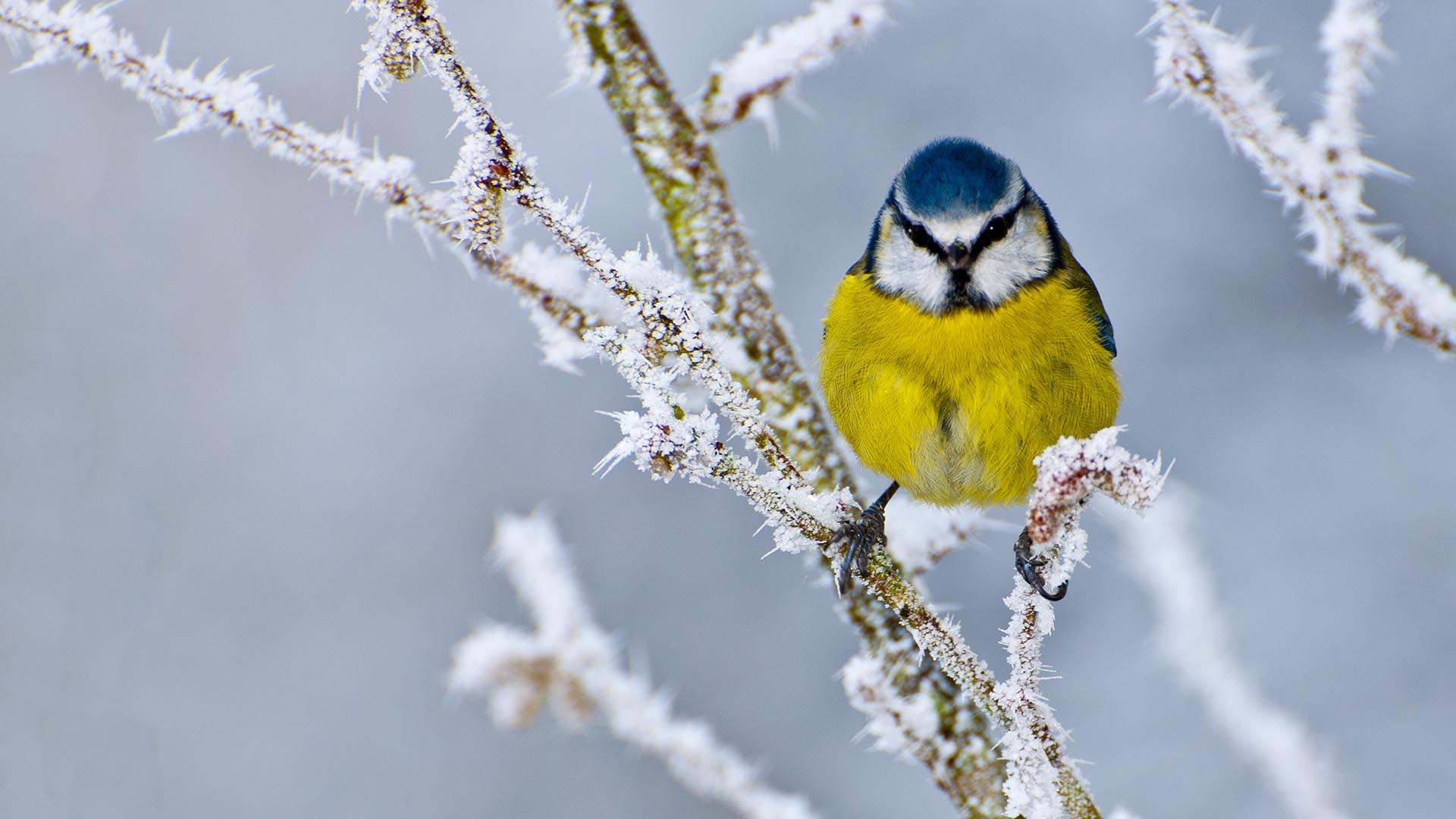
 Earlier in the month we met a fantastic young man called Tristan. Tristan has been becoming very concerned about the climate emergency after learning about it at school and decided to take action. For his birthday, instead of having a party, he decided to do a sponsored silence to raise money to help the environment.
Earlier in the month we met a fantastic young man called Tristan. Tristan has been becoming very concerned about the climate emergency after learning about it at school and decided to take action. For his birthday, instead of having a party, he decided to do a sponsored silence to raise money to help the environment.